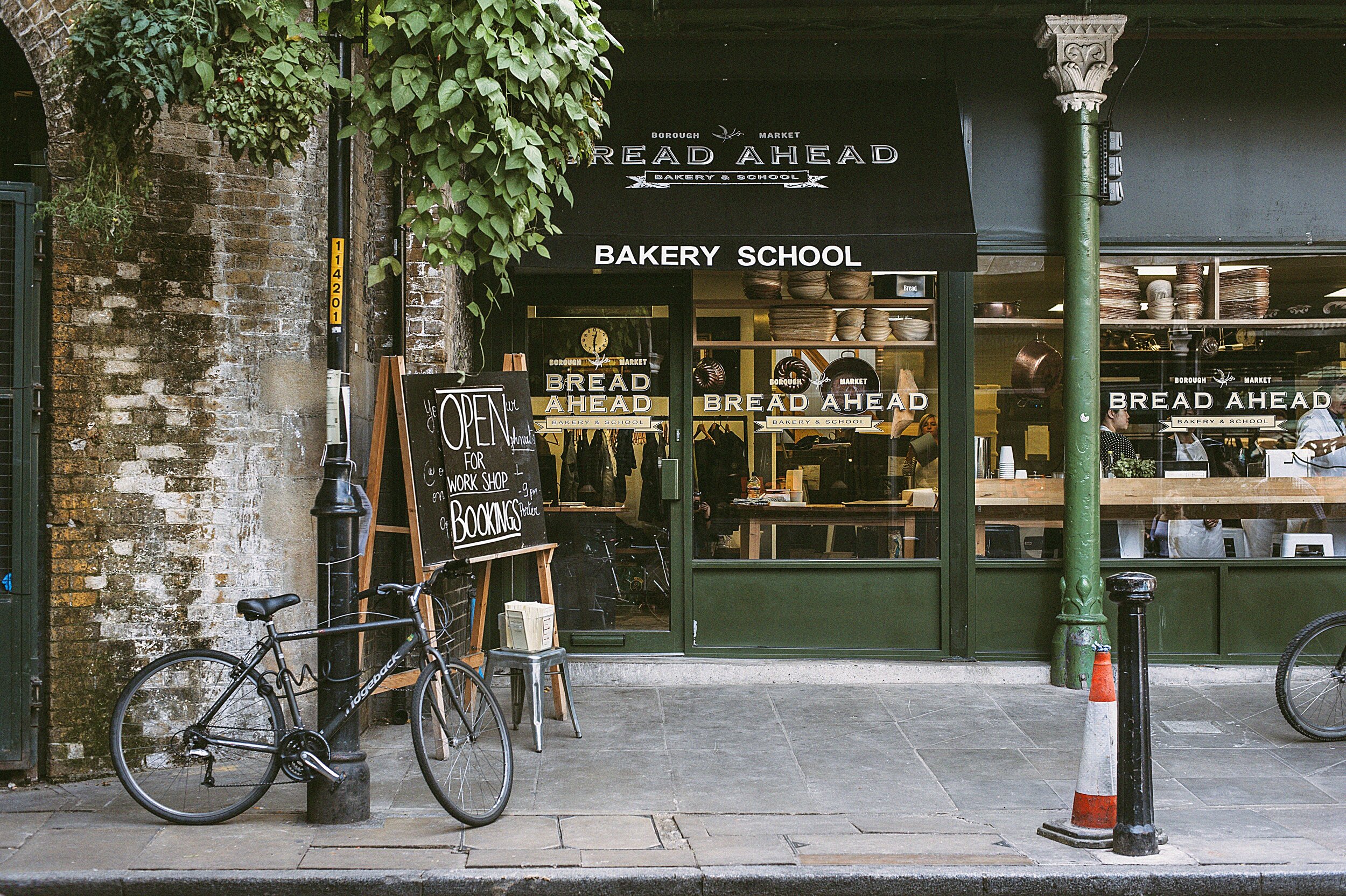There were two articles in the FT at the weekend (5/6 December 2020) which caught my eye. One of them was about British farming written by a farmer calling for a bit of sense. With the fall-out that is going to rain down on us from leaving the EU, one of the industries that will feel the pinch will be British farming. For years now farmers have received subsidies and been flooding the land and soils with artificial aids such as fertiliser and chemical sprays in order to stress the land to produce more. As John Cherry, the writer of the article, farmer and founder of Groundswell (a movement to promote regenerative agriculture) says “now the wheels are coming off as your yields plateau while costs escalate. Brexit brings more uncertainty.”
This payment scheme is going to be phased out from next year, as indicated by environment secretary George Eustice but the UK government will giving money to those who have land. This seems to be to be a bit like going back into some feudal system (but without the knights on horseback obviously). It also seems a bit of a useless idea as it doesn’t seem to encourage actually taking care of the land, husbandry or any other kind of proactive strategy which would make sense if the government is going to part with tax-payers money (ah yes that’s mine and yours too) to support the environment and maybe actually improve the land. It does beg the question, have they thought this through?
The regenerative agriculture movement aims to do just that, regenerate the soil. You might be wondering why our Journal of Biophilic Design is interested in this? This article is about farming right? But the thing is, Biophilia encompasses our appreciation, understanding and embracing of all living things for our benefit. It is NOT just about interior design. It is about the bigger picture. Like every term, people can twist it for their own needs, but the original coining of the phrase from E.O Wilson is angled on the fact that nature is all around us, to shield ourselves off from it is like cutting off a limb. But there is a second and quite scientific reason for bringing this up here in this Journal. My last article was on the NASA study which showed how plants cleaned the air. It is actually the soil which contributes most in doing this. This was discussed by Skøgluft in my podcast interview with them. Skøfluft means “forest air” in Norwegian, we spoke about the NASA study which researched the ability of plants to absorb harmful gases. This was further confirmed by clean air expert Johanna Trüstedt of Drees and Sommer in her videocast with me last week. An approved RESET (monitoring air quality in buildings) practitioner she also confirmed that it is the root system in the soil that is one of the major keys in producing cleaner air. So with all this fresh in my mind when I read this article by the farmer in the FT, it got me shouting at the paper and to an imaginary political environment strategist, if we want to help reduce CO2 in the UK by 2050, then (and this is a question to the scientists out there), wouldn’t doing what John Cherry says make sense? We should nurture our soil, improve the ecosystem of “countless microscopic creatures in a complex food web, from bacteria and fungi to the beetles, bugs and earthworms.” John continued: “And it has a huge role to play in preventing climate change, acting as a trap and sink for carbon dioxide from the atmosphere at no cost to the government.”
We’ve been staying on rewilding projects, which was refreshing to see a mix of breeds grazing together, moving as a herd, leaving land to go arable. I remember being taught that at school in the 80s (yes I’m that old), that to protect the land, to allow it to breathe, and importantly, to have the best, healthiest and most productive crops, you left a field fallow. How about field rotation? As I watched the whole supermarket nightmare unfold over these past decades, mass production, high streets being suffocated by characterless chain-stores, the rates increase, rents increase, I had arguments (sorry discussions) with planners and surveyors on why on earth were they all feeding this monster which just couldn’t be sustainable? I’m not a town councillor, I’m not a member of any political party, but what I am is a citizen of this planet. And I really care for the air I breathe, the people who share my town with me, the families and animals in this county, the forests in England, the hedgerows in the UK and the overall economic sustainable network of production, consumption and respect of our fragile planet.
This brings me on to the second article in the same newspaper. It was the FT Big Read. Discussing the collapse of yet more chain-stores, Debenhams and Arcadia (Top Shop, etc). Years ago, I was saying that high street rates should come down and be sustainable. I stressed that we should reconsider how the rents are controlled on the high street. We all love to go to little villages abroad, and we ooh and ahh over the little boutique independent boulangeries, patisseries, pizzerias that we stumble across in the streets full of characters and colour. Our streets here in the UK were also like that, full of colour and full of independent, family-owned businesses. It was only when I learnt that a lot of UK high street retail property is owned by investment funds and the like that I realised no wonder there was a price spike on rents. Of course, these pension funds, etc would push up the rents in order to maximise on their revenue return. There’s nothing wrong with trying to get as much as you can for something, but I think there’s something morally wrong to hike them up until someone goes bust. The loss of the High Street main retail chains started before Covid19, but the lack of movement with Lockdown has sealed a death-knoll.
Again, what has this to do with Biophilia? It has to do with sustainability, product sourcing, mass consumption, and a proposal for high street regeneration. Picking up on a conversation I had with Dr Joanne Leach, Why do we Need Biophilic Cities? The benefits of transforming town centres with a nature brush are multiple. Creating “green ways”, communal green-scaped meeting places for people to connect, planting trees along the roadways to reduce carbon emissions, using trees and planting to reduce water run off, signalling pedestrian destinations with planting. In my utopian view, the high street would be an experience. A beautiful experience. An uplifting one, that will have more impact on individuals than maybe our planners currently recognise. Now for the commercial bit. Happy people, make for happy customers. Give them a good experience and that euphoria will cascade to the shops. But the retail landscape HAS to be experiential. HAS to be more individual. We are all buying online, like it or lump it. So, the high street can’t compete with this. It just can’t in terms of pricing. But it can in terms of connections. In terms of the social side of life. Especially after this extraordinarily challenging and isolating time so many of us have been subjected to, connecting communities back up again, celebrating the talent that lies therein, giving fair rents to our craftspeople making utilitarian and gift items. Woodcarvers, sculptors, glass makers, designers, interior designers, soaps, chocolate, proper goldsmiths, how about a blacksmith, bookshops where you have readings, music shops where the shop owner can guide you to a new sound and open up a new world to you? One of the most uplifting projects Dr Leach mentioned was Incredible Edible Todmorden, where there are veg plots dotted around the community, near road signs, side of the streets, etc. The food is nurtured and shared by the community, which also serves to educate on food security and the effort that goes into growing food we eat. So, we are back to the first article. We can reshape our town and city centres to be urban gardens, places of beauty, where bird song floats down, communities come together and retail is sustainable, fair and interesting.
Not sure if you’ll like it? Just cast your mind back to the film “Chocolat”. Imagine having that on your doorstep? That just might change your mind.
Dr Vanessa Champion, Editor Journal of Biophilic Design





